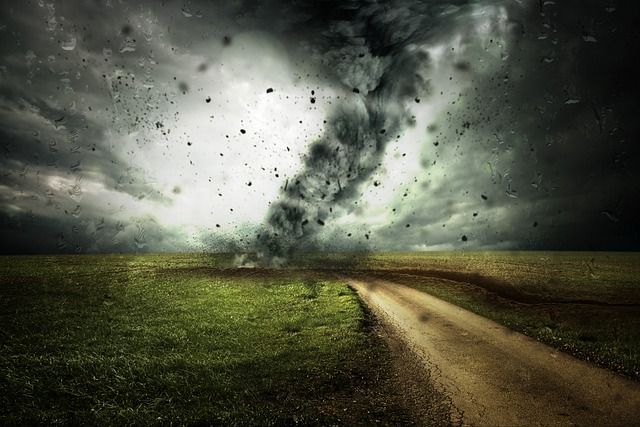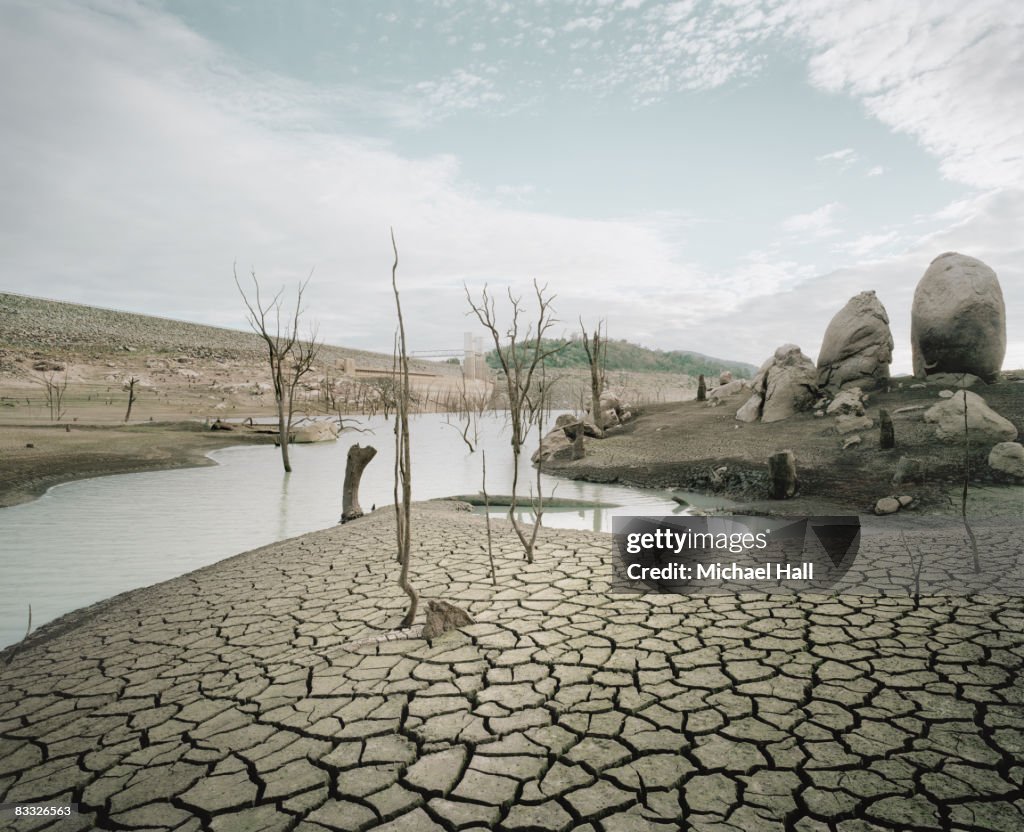
Climate change, often referred to as global warming, is the most serious and pressing issue confronting humanity today. There is overwhelming evidence that human actions are driving this crisis. The release of greenhouse gases into the atmosphere raises average global temperatures, which in turn melts polar ice and disrupts weather systems worldwide—pushing Earth’s climate toward an uncertain and unstable future.
The main driver of climate change is the burning of fossil fuels such as coal, oil, and gas. This process emits vast amounts of carbon dioxide and other greenhouse gases, rapidly accelerating global heating. Despite clear warning signs of climate breakdown, the fossil fuel industry continues to exploit and burn these resources. Oil giants like Equinor, BP, Exxon, and Shell spend millions lobbying against or delaying policies aimed at reducing emissions.
Read more about Talented Filmmakers
Read more about Climate change and its effect
The consequences of climate change are complex and far-reaching. They affect ecosystems, biodiversity, food and water security, human health, stability, security, and migration. Below are ten key effects.
The climate emergency is deepening social inequalities, hitting hardest those who contribute least to the problem. Around the globe, people are losing their homes, livelihoods, cultural traditions, languages, and even their lives. Shifts in temperature and rainfall patterns threaten food, water, and energy supplies, and in areas already facing scarcity, these pressures can spark conflict and displacement.
Communities in the Global South, as well as marginalized groups everywhere, face the heaviest burdens. Climate disruption disproportionately harms people of color, women, LGBTQI+ communities, disabled people, and low-income populations.
According to the World Bank, climate change could push as many as 130 million more people into poverty by 2030. This would intensify existing vulnerabilities such as food and water insecurity while also heightening social and political tensions.
Climate change also undermines peace and security, especially in fragile or conflict-prone regions. As competition over resources grows and livelihoods become less secure, displacement and social unrest may increase. Where conflict already exists, climate impacts can fuel or prolong it, making peace harder to achieve and maintain. Conflict can also hinder climate action by damaging infrastructure for energy, agriculture, and water, or by preventing adaptation and mitigation measures from being implemented.
The health effects of climate change are already visible. The UN’s IPCC has confirmed that rising global temperatures are linked to increased mortality and illness across all regions. The World Health Organization warns that between 2030 and 2050, climate change could cause an additional 250,000 deaths annually due to malnutrition, malaria, diarrhea, and heat stress. Vulnerable countries with weak health systems are least prepared to cope with these challenges.The WHO also estimates that direct climate-related health costs could reach between US$ 2–4 billion per year by 2030, excluding indirect effects through food, water, and sanitation systems.
Fossil fuel companies such as Equinor must be held responsible for their role in these outcomes. A Greenpeace Netherlands study estimated that greenhouse gas emissions from just nine major European oil and gas companies in 2022 could result in hundreds of thousands of premature deaths by the century’s end. Equinor’s 2022 emissions alone may cause as many as 34,000 early deaths due to heat-related impacts.
The Arctic is one of the most visible indicators of climate change. Average global warming has caused Arctic sea ice to shrink by nearly 13% per decade, with the oldest and thickest ice declining by 95% over the past three decades.The Arctic acts as the planet’s cooling system. When reflective ice disappears, darker ocean water absorbs more heat, driving temperatures even higher. This loss intensifies global warming.
In the last century, sea levels rose by 10–20 centimeters. Melting Arctic and Greenland ice sheets are expected to accelerate this rise, with some projections suggesting oceans could increase by as much as 7 meters—submerging low-lying island nations and flooding major coastal cities.Thawing Arctic permafrost also releases methane, a highly potent greenhouse gas. As permafrost melts, more methane escapes, further accelerating warming, which then causes even more thawing—a dangerous feedback loop that could bring about the most extreme climate scenarios.
Another major environmental consequence of climate change is its impact on biodiversity. The climate emergency disrupts the natural cycles of plants and animals, including behaviors such as seasonal bird migration. Rising global temperatures are already affecting species worldwide and placing enormous stress on their ability to adapt.
Extreme weather events and climate-related disasters also damage biodiversity. For instance, the catastrophic Australian bushfires of 2019/2020 affected nearly three billion animals. Simultaneously, increasing carbon dioxide concentrations threaten marine life by causing higher ocean temperatures and greater acidity.
Experts warn that climate change will make extreme weather both more frequent and more severe in the years ahead. Many of the losses caused by the crisis are irreplaceable — cultures, natural heritage, livelihoods, and security for future generations cannot simply be rebuilt. Yet enormous funding is required to provide relief and restore infrastructure. The financial toll of climate change will only continue to grow.
Heatwaves alone are projected to result in $7.1 trillion in lost productivity by 2050. In 2023, there were 66 extreme weather disasters worldwide with damages surpassing $1 billion each. The same year, total losses from direct physical destruction and business disruption reached $301 billion — marking the fourth year in a row that insured losses exceeded $100 billion.
As the financial costs escalate, the key question becomes: who should bear responsibility for these damages? Fossil fuel–producing nations and corporations such as Norway and Equinor, which amassed wealth from coal, oil, and gas, carry a significant obligation to aid the countries and communities hit hardest by the crisis.
Norway’s sovereign wealth fund, valued at over 18 billion NOK ($1.6 trillion), is the largest in the world. Yet Norway has pledged only 270 million NOK ($25 million) to the international loss and damage fund — a token sum compared to its oil revenues and the scale of need.
Since 1988, just 100 fossil fuel companies — including Equinor — have been linked to 71% of global industrial greenhouse gas emissions. A Climate Analytics study estimated that Equinor alone would owe $400 billion if held accountable for the climate-related damages caused by its emissions between 1985 and 2018.
Another devastating global consequence of climate change is forced migration. The UN Intergovernmental Panel on Climate Change has reported that climate extremes are increasingly driving displacement in Africa, Asia, North America, and Central and South America, while small island nations in the Caribbean and Pacific face especially high risks relative to their populations.
According to UNHCR, 90% of refugees under its protection, and 70% of internally displaced people due to conflict and violence, come from countries already on the frontlines of climate change. Projections suggest that without bold action, the number of people needing humanitarian aid because of disasters could reach 200 million per year by 2050 — double the current figure.
Climate change is fueling more severe weather events across the globe. In 2024 alone, deadly floods have struck Kenya, Brazil, China, Dubai, and Germany. The United States is preparing for a highly dangerous hurricane season, while Canada and Greece have faced catastrophic wildfires.
Globally, heat extremes (such as heatwaves) are becoming more frequent and intense, while cold extremes are declining. June 2024 was the hottest June ever recorded, marking the thirteenth consecutive month of record-breaking global temperatures, according to EU scientists. The UN confirms that with continued warming, hot extremes will keep rising while cold extremes diminish across nearly all populated regions.
Both the WHO and the UN IPCC have highlighted that climate change is an escalating threat to mental health and psychosocial well-being, ranging from emotional distress to anxiety, depression, grief, and even suicidal tendencies.
The WHO emphasizes that certain populations will be disproportionately impacted due to pre-existing vulnerabilities and social inequalities. This concern is especially acute in low- and middle-income nations, even though these countries have historically contributed very little to global greenhouse gas emissions. For example, many Indigenous communities view well-being as deeply tied to harmony with their natural surroundings. When climate change disrupts these environments—even through the loss of small areas of land or wildlife—the impact on their mental and social health can be profound. Children and young people are also uniquely vulnerable, often experiencing intense emotional responses to both the magnitude of the climate crisis and the lack of meaningful action being taken.
Climate change significantly undermines global food security. Shifting weather patterns, prolonged droughts, and increasingly frequent floods disrupt agricultural systems, making it harder to maintain traditional farming practices and putting essential crops such as wheat and rice at risk.
Oceans are also facing severe impacts from climate change. Rising sea temperatures, ocean acidification, and coral reef degradation are destabilizing marine ecosystems, threatening global fisheries. In regions where fishing is both a source of food and a livelihood, the consequences are particularly severe. For instance, tuna are highly sensitive to temperature shifts; warming seas are forcing them to migrate farther from shore in search of cooler waters. This compels small-scale fishers to travel greater distances, increasing both risks to their safety and the costs of fishing.
Climate-related disruptions to agriculture and fisheries also drive up food prices worldwide. Reduced yields and unstable production ripple through supply chains, often resulting in higher costs. Rising temperatures can decrease crop productivity, upsetting supply-and-demand balances and pushing food prices upward. Such increases limit access to healthy food, particularly for already vulnerable groups.
Water is essential to life, yet climate change is placing growing pressure on freshwater resources, posing risks to human health, survival, and agriculture.Over recent decades, freshwater availability per person has fallen by about 20%, and approximately 2.4 billion people now live in water-stressed regions. Climate change is worsening both the scarcity and the quality of water supplies.
Africa is among the regions hardest hit by water insecurity driven by climate change. Erratic rainfall and extreme weather events leave many communities struggling with severe shortages, as seen in South Africa, Kenya, Ethiopia, and Somalia. The prolonged drought in the Horn of Africa exemplifies how climate shifts intensify water crises.
Heavy rainfall and flooding add another layer of risk by damaging water infrastructure, contaminating supplies, and overwhelming drainage systems. In Ethiopia, for example, the absence of climate-resilient water systems heightens vulnerability to flood damage. In Kenya, flooding has been linked to greater risks of mudslides, landslides, and coastal flooding, all of which can further pollute water sources.




